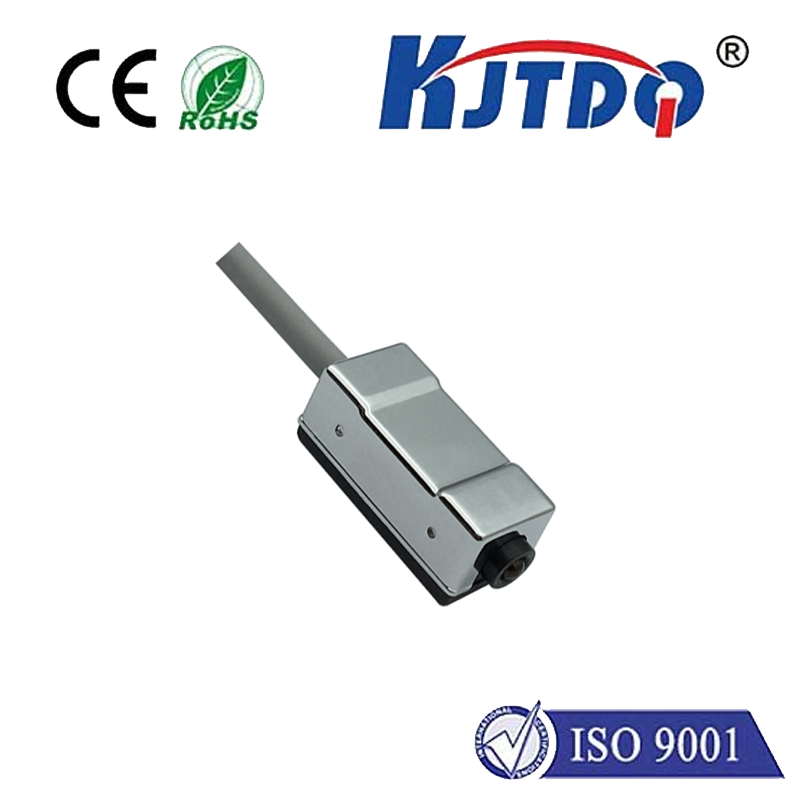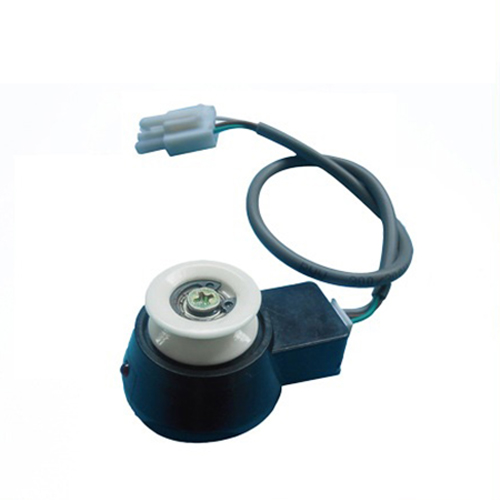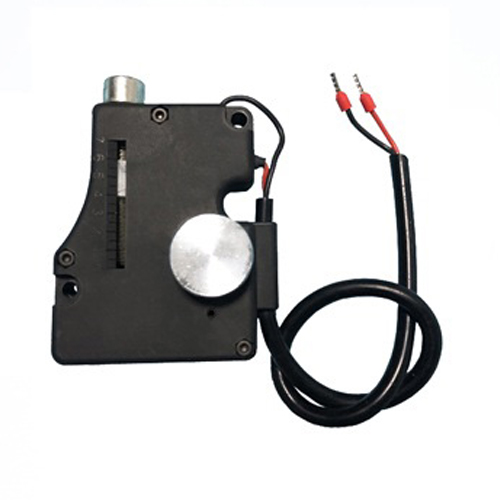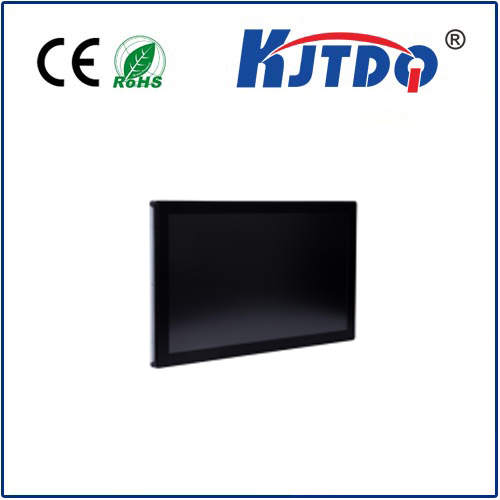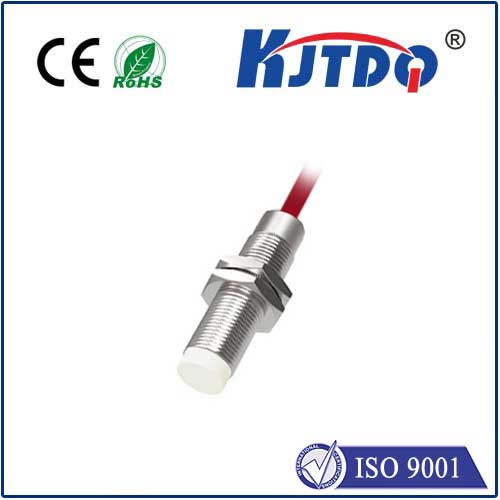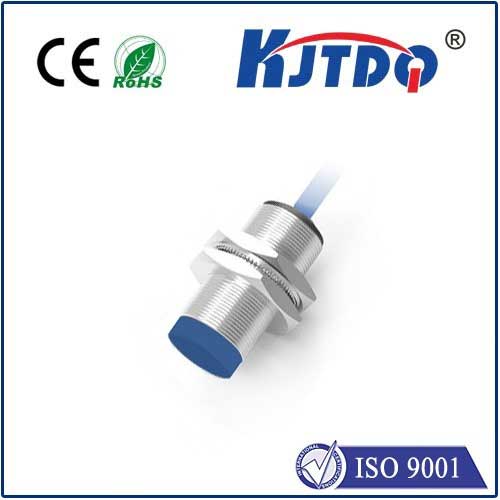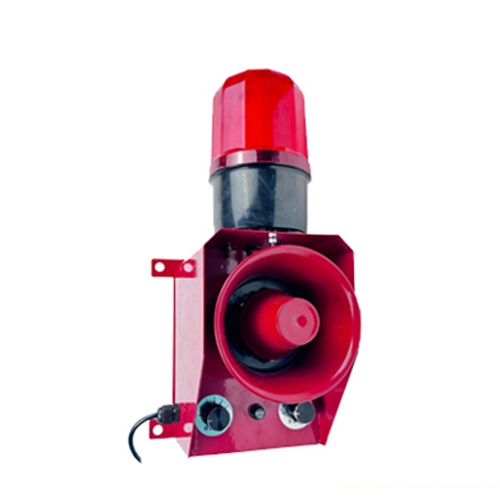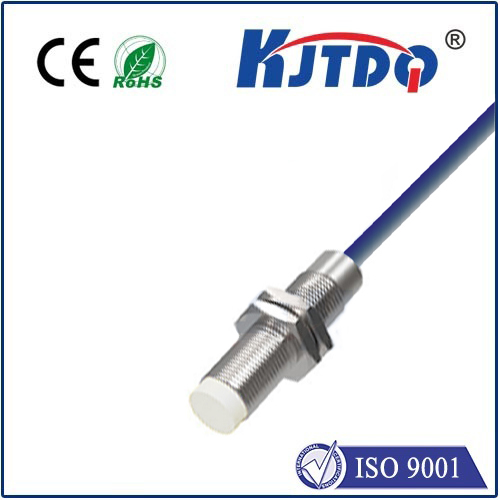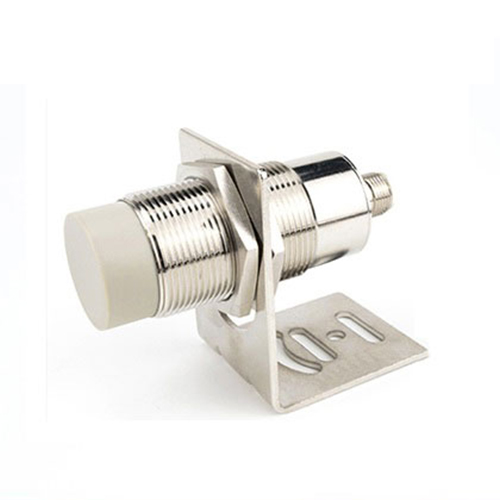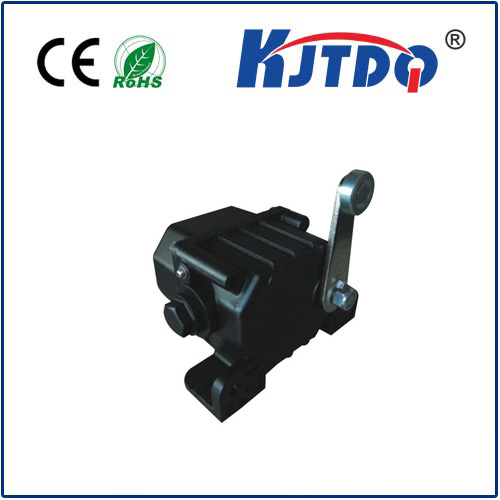

check

check

check

check

check

check

check

check

check

check
Title: Exploring the Versatility of Low Voltage Micro Switches
Low voltage micro switches have become an indispensable component in the world of electronics, offering precision and control in a compact form factor. These devices are designed to handle small electrical currents and activate or deactivate circuits under specific conditions, making them ideal for various applications ranging from consumer electronics to industrial machinery.
The Principle of Low Voltage Micro Switches
A low voltage micro switch operates on a simple yet effective principle. It typically consists of a set of contacts that open or close when an external force is applied to the actuator. This can be a tiny pushbutton, a lever, or even a roller depending on the design. When closed, the contacts complete an electrical circuit, allowing current to flow through. Conversely, when opened, they break the circuit, stopping the current flow. The low voltage aspect ensures that these components can safely operate without posing risks associated with higher voltages.
Applications Across Various Industries
Low voltage micro switches find their way into numerous products due to their reliability and adaptability. In household appliances, they might control the door closure sensors in a microwave oven or manage the settings on a programmable coffee maker. In automotive manufacturing, these switches could be responsible for adjusting seat positions or controlling the interior lighting. In industrial settings, they might monitor the level of liquids in tanks or detect the presence of objects on a conveyor belt.
Design and Construction Details
The construction of a low voltage micro switch is critical to its performance. Manufacturers typically use high-quality materials such as stainless steel or copper alloys for the contacts to ensure durability and corrosion resistance. The housing may be made from plastic or metal, depending on the application requirements, with considerations for insulation and mechanical strength. For increased functionality, many micro switches come with additional features like built-in circuit protection, multiple contact configurations, or weather-resistant seals.
Integration and Compatibility Considerations
Integrating a low voltage micro switch into a system involves understanding the load requirements and the environment in which it will operate. Compatibility with other electronic components is essential to avoid signal interference or power losses. Designers must also consider factors such as switch rating, actuation force, and response time to guarantee that the switch performs optimally within the given parameters.
Innovations and Future Developments
As technology advances, so too do enhancements in low voltage micro switches. Innovations such as surface mount technology have allowed these switches to become even more compact, enabling their use in space-constrained devices. Smart integration with wireless communication modules paves the way for remote monitoring and control capabilities. Additionally, the development of more environmentally friendly materials and processes is shaping the future of these components, ensuring they align with sustainability initiatives.
Conclusion
Low voltage micro switches epitomize the blend of simplicity and innovation that drives modern electronics. Their ability to influence a wide array of systems with minimal space and power consumption continues to make them an attractive choice for designers and engineers alike. As technological advancements continue, one can anticipate further enhancements in performance and application scope for these versatile little marvels of engineering.
